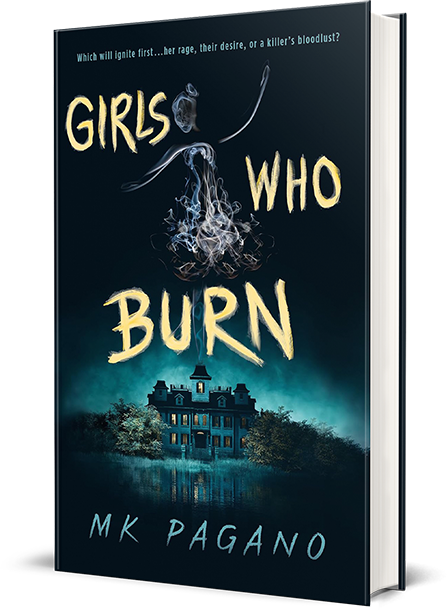When To Open Your Story Up To Critique

As always, writing advice is subjective; do what works for you.
But early on in my writing endeavors, I read a book that changed the way I thought about drafting and receiving critical feedback on my work, so I wanted to share my method…
The book was this one (which I believe every aspiring writer needs to read.) I read it while in the early drafting stages with my first novel. And while this book is packed with good advice, there was one piece that really stuck out to me at the beginning, mostly because it was something I hadn’t been doing.
Stephen King says that when you’re writing your first draft, you should “write with the door closed.”
What does this mean?
It means, write your first draft the whole way through before showing it to a soul.
At this point in my life, I was in my first critique group, comprised of guys I’d met through a writing workshop. I loved this group; they were the first group of writers I’d met with, and more importantly, they were the first people on earth I’d ever shown my beloved first novel to. I was young, I was inexperienced, and so I took everything they said about my work to heart.
And so. Every time we met and I received their feedback, I’d go back and revise based on what they said–despite the fact that I was still in the middle of the draft.
Why did this not work?
1. First of all, it should be noted that none of these guys were in my target market (teenage girls), nor did they read or write young adult. So while their advice was mostly good, occasionally they’d criticize something that would have been weird in an adult book, but was perfectly fine for a YA one. And then I’d go and fix something that didn’t need fixing in the first place.
2. Secondly, the moment they pointed out what was wrong with a passage, I felt compelled to go back and fix it. Never mind that I still had the rest of the novel to write. A lot of people recommend not editing as you go, because you then end up writing the same passage over and over. I do edit slightly as I go, but as I learned with my (still not ready) first novel, editing the same part over and over causes you to lose objectivity. At some point (when you’re able to recite your own prose in your sleep), you’re too close to the text to be able to edit it at all. This is not good, because…
3. Most importantly, you need to separate your creative self from your critical self. Both are important; but they don’t play well together. On the first draft, you need to let your creative self have free reign. When (s)he’s finished–that’s when you bring in your critical self to reign her in.
So my recommendation for drafting and critiquing (based on eight+ years of doing it) is this:
1. Write your first draft the whole way through.
2. Let it cool.
3. Go over it once by yourself before bringing in your critics and “opening the door.”
And when you are ready for critiques? I do it this way:
4. Share your work with a critique group and/or critique partners, who read it all at once. These people will likely be other writers, who should write or at least read in your genre; and one person (or two) you can trust to be as brutal as possible. For me, this is 2 critique partners I found via Twitter, plus my boyfriend. They were the most critical, which is what is needed at the early drafting phase. They read the entire story at once, and point out the most glaring problems with it.
5. Compile their edits and make your changes.
6. Let it cool. (Work on something else in the meantime–preferably something completely different.)
7. Share your work with a critique group and/or critique partners, who read it chapter by chapter. I found an in-person critique group of YA writers, who is reading my book in small increments. Since I’ve gotten most of the biggest problems fixed with the first group of critics, this group is the most helpful at pointing out smaller things, like sentences that don’t work, even things as little as typos. Of course, if they do point out something big, I’ll go through another big revise.
8. Compile their edits and make your changes.
9. Let it cool. (Work on something else.)
10. Share your work with beta readers. For me, these people are not other writers; they’re people who just like to read. They tend to be friends of mine, who are far less critical than everyone else, because they’re still afraid to hurt my feelings (really working on getting them to get over this!) But they’re helpful as well, because they’re the closest thing I have to actual readers before the books is ready.
11. Compile their edits and make your changes.
12. Let it cool.
13. Go over it one last time. This may require a rinse-and-repeat of any previous steps, depending on how it looks to your inner critic.
14. Get to querying!
Now obviously, your drafting and editing can go on for much longer. And this can sound really daunting to beginner writers, I know. A minimum of 14 steps? But just think of it this way:
Good things take time. And if this is your first novel–and by that I mean, the first one you’re putting out into the world–you want to take the time to make it the best it can be.
You only get one chance to make a first impression.
So take your time.
And as always, do what works for you.
Does anyone else have any advice for drafting and critiquing? Do you do it differently from me? I’d love to hear…
Photo by Andrik Langfield on Unsplash

